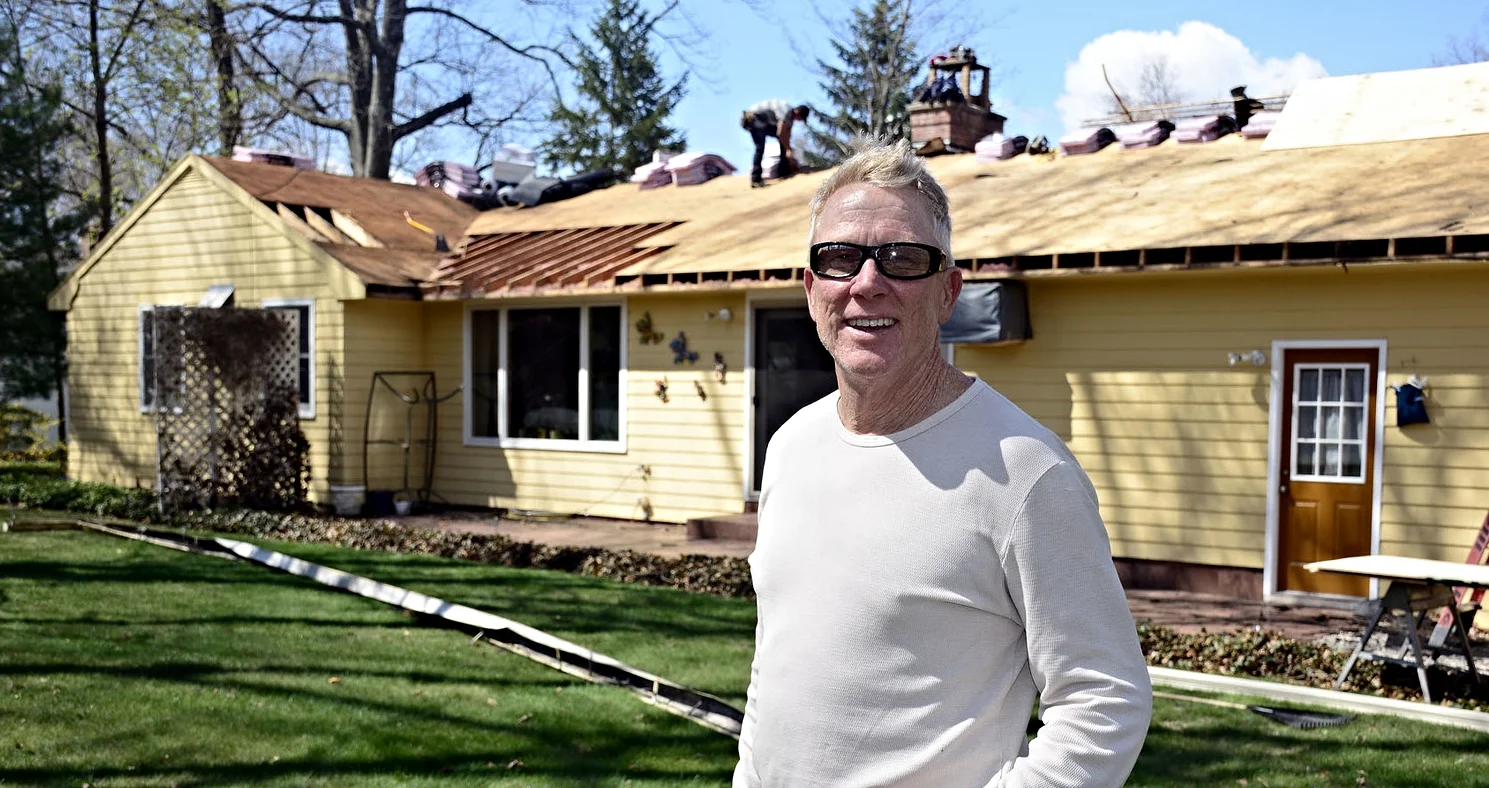Help! My house temperature changes with the seasons
Chelsea O'Donnell
A question came in from a reader this week that I think will resonate with a lot of you. She asked:
“Dear Bob, my husband and I live in a Cape Cod that was built in the 1960’s. The house gets unbearably cold in the winter and very warm in the summer, to the point where we almost can’t use the second floor. Why does this happen and what can we do to fix it?”
Well, reader, you’re not alone. This is a common problem in Cape Cod style homes that were built in the 1950’s and 1960’s. Back then, building codes were much more relaxed and energy efficiency was unheard of, so homes were built with very little insulation or ventilation. What’s happening in your case is that the outside weather is coming in (because there isn’t enough insulation to protect your home against the intrusion) and then the air is getting stuck in the attic and seeping down into the second floor (because there is no ventilation to let it out). What’s worse is that the moisture in the air is also getting trapped; giving you a potential mold exposure problem that can easily go right from your attic into your lungs.
So what do you do? First, test to see if I’m right. Take advantage of a free insulation inspection from a local area professional to see if your insulation is up to scratch. If you haven’t had the house insulated since it was built, I can guarantee it’s not. If you’ve recently bought a 1950’s or 1960’s home, now is the time to pay close attention.
Today, we measure insulation by its “R-Value” and the higher the R-Value, the better the insulating properties. In the 1960’s, R-Value wasn’t a popular unit of measurement and instead, most insulation was measured by its thickness in inches. To give you an example, if a typical 1960’s home was insulated at all, it was probably fitted with an R-10 value, which equates to a little over three inches of thickness. The recommended R-Value for Connecticut’s climate according to EnergyStar today is between R-49 and R-60 for an uninsulated attic and between R-38 and R-49 for a home with a few inches of preexisting insulation. So as you can see, times they are a changin’.
If your house is the victim of extreme temperature changes, the easiest and best way to regulate it is to build that barrier of protection. A professional can tell you how much insulation you need and can also perform an assessment to see if any mold has formed in the attic and walls. It’s key to remember that adding insulation will change the way your home breathes, so make sure it is fitted with proper ventilation to allow for appropriate airflow. If you just experienced a cold winter at home with energy bills to beat the band, this springtime project is one you can't afford to miss.
Would you like more information or to request a free inspection? No problem, please feel free to get in touch.
